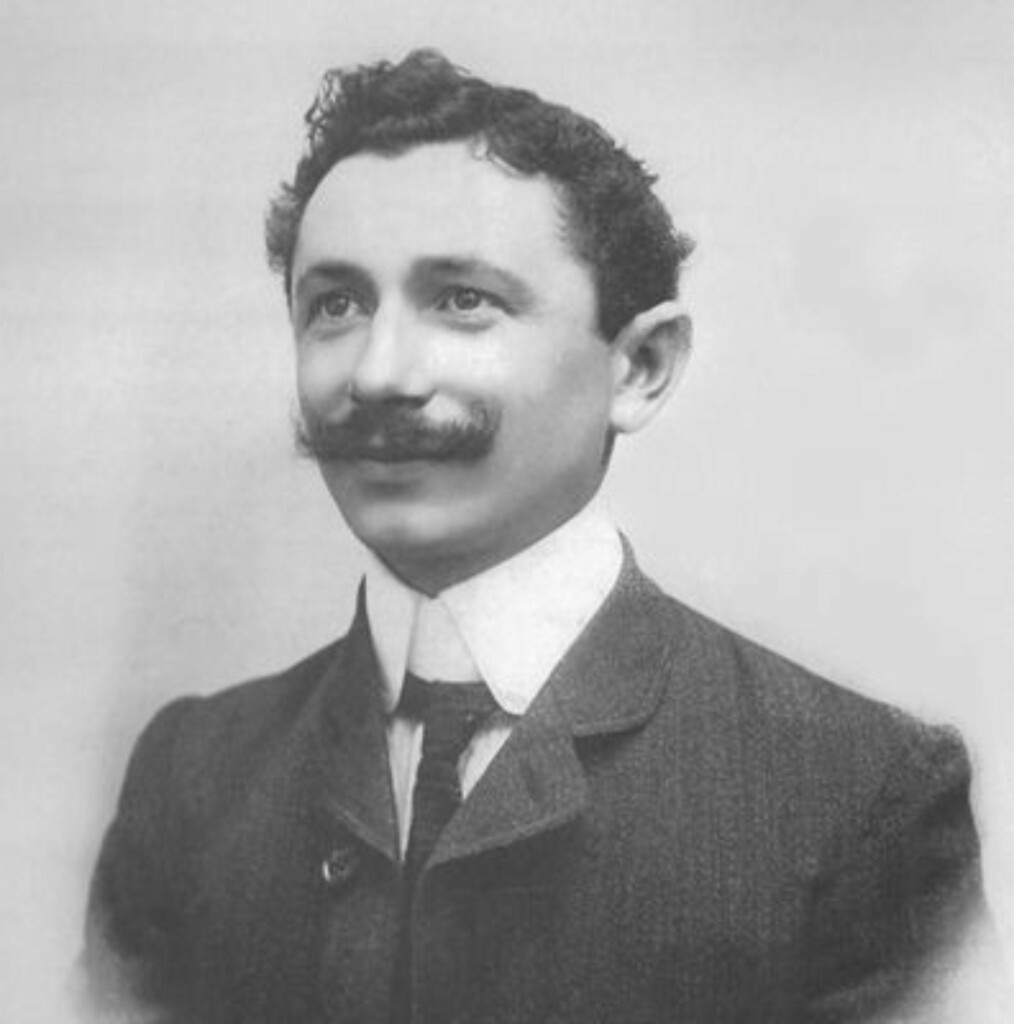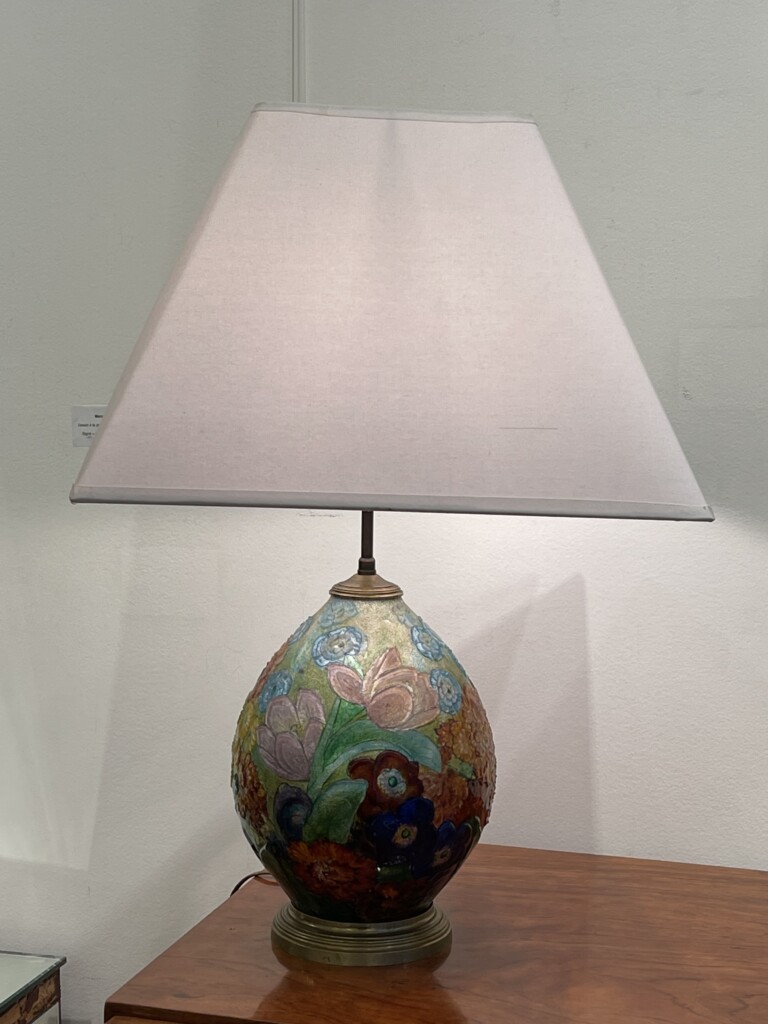 Camille Fauré est né à Périgueux, en 1827. Après avoir fini son apprentissage et voulu diversifier les activités de l’affaire familiale de peinture en bâtiment, il finit par ouvrir son atelier d’émaux en 1920, l’émail étant populaire vers la seconde moitié du 19ème siècle. En effet, le regain nouveau pour les arts du Moyen-Âge et de la Renaissance permet aux ateliers de Limoges de reprendre leurs fonctions de manière permanente à la fin du XIXème siècle.
Camille Fauré est né à Périgueux, en 1827. Après avoir fini son apprentissage et voulu diversifier les activités de l’affaire familiale de peinture en bâtiment, il finit par ouvrir son atelier d’émaux en 1920, l’émail étant populaire vers la seconde moitié du 19ème siècle. En effet, le regain nouveau pour les arts du Moyen-Âge et de la Renaissance permet aux ateliers de Limoges de reprendre leurs fonctions de manière permanente à la fin du XIXème siècle.
De fait, il engage Alexandre Marty, un émailleur, pour pouvoir attirer une clientèle bourgeoise des environs avec le style fleuri, marqué par l’art nouveau de l’émailleur. Cependant, Camille Fauré voit plus grand ; une clientèle Haute gamme, de la capitale et même d’ailleurs. Pour mener à bien cet objectif, il décide de remplacer Alexandre Marty par cinq autres émailleurs émérites tels que Pierre Bardy, Louis Valade et Lucie Dadat. Après le renouveau de son entreprise Fauré endosse le rôle d’entrepreneur mais également de mécène laissant les artistes libres tant dans la création des œuvres que par leur temps de production (dont le prix représentera la qualité du travail fourni), car la demande principale est un travail d’exception. Grâce à cela les émailleurs peuvent suivre des mouvements modernes de l’époque (Cubisme, géométrie, couleurs franches), toujours avec leur savoir-faire d’exception transmis par une grande maîtrise de la matière ; passant de l’opaque à la translucidité le tout par une technique délicate. Les vases à décor Art Déco comportent une signature nouvelle : « Fauré, Limoges, France » ou « C Fauré Limoges France« .
Le succès fut intense mais bref pour ce style art déco, avant-gardiste. En 1946, Camille Fauré décide de réorienter son commerce vers la production en masse, tout en éditant d’anciens modèles. Il meurt dix ans plus tard.
________________________________________________________________________________________________
Camille Fauré was born in Périgueux in 1827. After finishing his apprenticeship and wanting to diversify the activities of the family building painting business, he eventually opened his enamel workshop in 1920, enamel being popular around the second half of the 19th century. Indeed, the new revival for the arts of the Middle Ages and the Renaissance allowed the workshops of Limoges to resume their functions permanently at the end of the nineteenth century.
In fact, he hired Alexandre Marty, an enameller, to be able to attract a bourgeois clientele of the surroundings with the flowery style, marked by the art nouveau of enamellers. However, Camille Fauré sees more; a high-end clientele, from the capital and even from elsewhere. To achieve this goal, he decided to replace Alexandre Marty with five other enamellers such as Pierre Bardy, Louis Valade and Lucie Dadat. After the revival of his company Fauré took on the role of entrepreneur but also of patron leaving the artists free both in the creation of the works and by their production time (whose price will represent the quality of the work provided), because the main demand is exceptional work. Thanks to this enamellers can follow modern movements of the time (Cubism, geometry, free colors), always with their exceptional know-how transmitted by a great mastery of the material; from opaque to translucent all through a delicate technique. The vases with Art Deco decor have a new signature: « Fauré, Limoges, France » or « C Fauré Limoges France ».
The success was intense but brief for this art deco style, avant-garde. In 1946, Camille Fauré decided to reorient his business towards mass production, while publishing old models. He died ten years later.
Pour accéder aux œuvres de ce créateur que nous exposons, cliquez sur les images ci-dessous/ To access the work of this creator that we exhibit, click on the images below :
